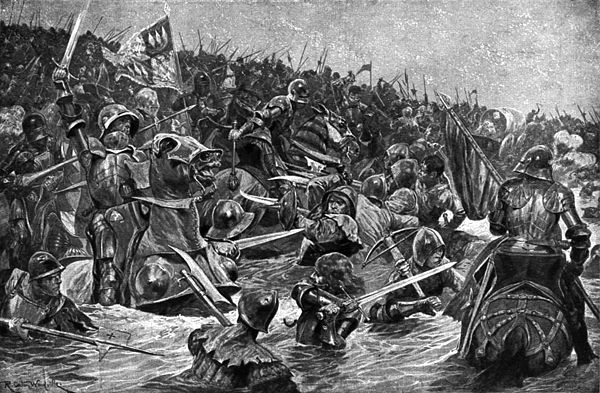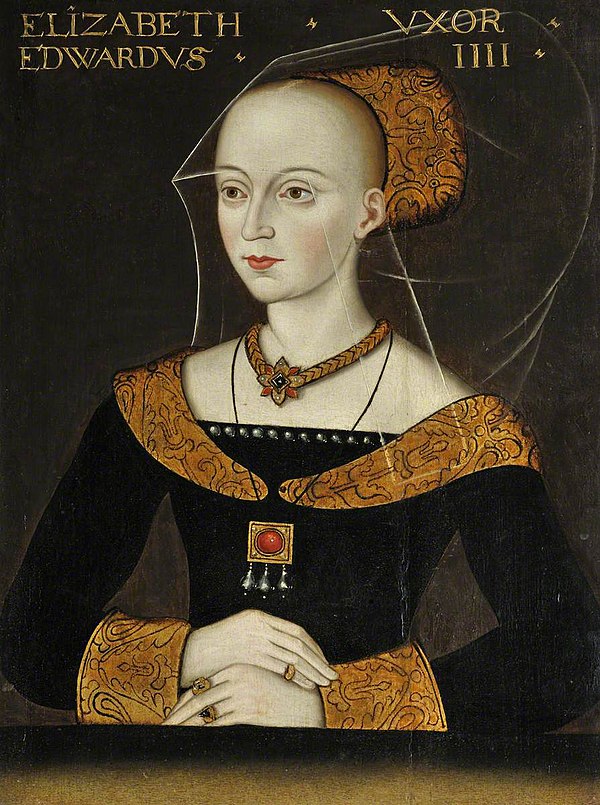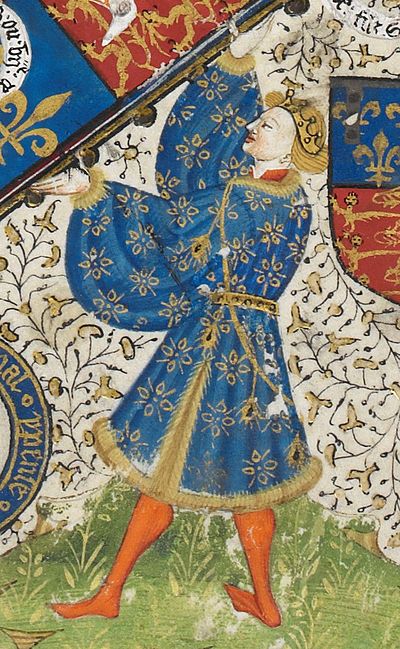Some historians question the impact the wars had on the fabric of English society and culture. Many parts of England were largely unaffected by the wars, particularly East Anglia. Contemporaries such as Philippe de Commines observed in 1470 that England was a unique case compared to wars that befell the continent, in that the consequences of war were only visited upon soldiers and nobles, not citizens and private property.
Several preeminent noble families had their power crippled because of the fighting, such as the Neville family, while the direct male line of the Plantagenet dynasty was rendered extinct. Despite the relative paucity of violence undertaken against civilians, the wars claimed the lives of 105,000 people, approximately 5.5% of the population level in 1450, though by 1490 England had experienced a 12.6% increase in population levels compared to 1450, despite the wars.
The ascension of the Tudor dynasty saw the end of the medieval period in England and the dawn of the English Renaissance, an offshoot of the Italian Renaissance, that saw a revolution in art, literature, music, and architecture. The English Reformation, England's break with the Roman Catholic Church, occurred under the Tudors, which saw the establishment of the Anglican Church, and the rise of Protestantism as England's dominant religious denomination. Henry VIII's need for a male heir, impelled by the potential for a crisis of succession that dominated the Wars of the Roses, was the prime motivator influencing his decision to separate England from Rome.








































